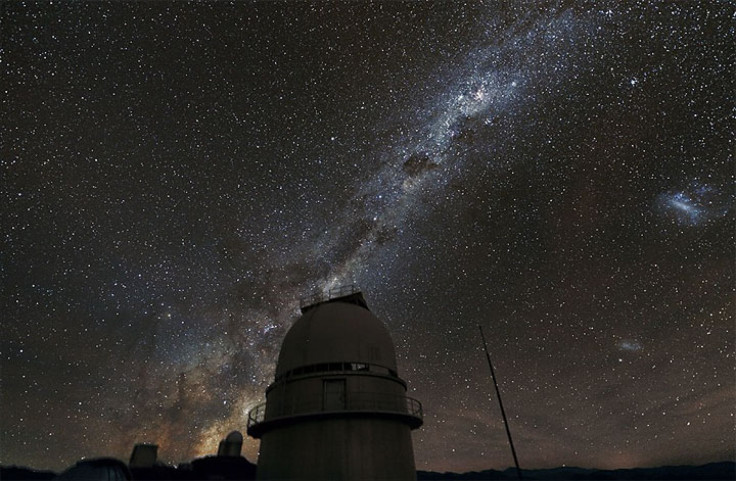Looking At The Stars: How Chile Wants To Protect Atacama Desert, Prime Spot For Star-Gazing, From Light Pollution

Chile’s north has one of the clearest skies in the world. Thanks to the bone-dry climate and clear air of the Atacama Desert, the Chilean night is a prime spot to observe the universe in all its Southern Hemisphere glory. And several local institutions and science organizations intend for it to stay that way.
An international convention took place in Coquimbo, 285 miles (460 km) north of the capital Santiago, on Wednesday to discuss how to preserve the purity and accessibility of the Chilean night sky, now at risk of being ruined by light pollution. The Oficina de Protección del Cielo del Norte (North Sky Protection Office, or OPCC) and the Environment Ministry organized the event, with the participation of the European Southern Observatory and several Chilean observatories.
Pedro Sanhueza, director of the OPCC, pointed out that new technologies in illumination have made necessary new legislation to protect the sky.
The Chilean government passed a law last May to help preserve the visibility of the sky in the northern regions of Antofagasta, Atacama and Coquimbo.
The law, which will become effective in April 2014, will limit, in line with the norms currently followed by the European Union, the maximum strength of public lighting and signs, particularly in the emission of blue-spectrum light, the most visible to the human eye.
“Chile aspires to be a key player in world astronomy, particularly in the northern regions. Our goal is to host over half of the world observatories,” said Environment Minister María Ignacia Benítez in May, when the bill was presented.
Besides helping astronomers, the new law could help attract tourists. The Chilean sky is currently under consideration for the StarLight denomination, a Unesco title that recognizes a place as a night tourism destination for its prime conditions to watch the stars -- which have become invisible in so much of the populated world.
“Our sky has great potential and gives us an advantage in world astronomy. A StarLight certificate would be the last kick in promoting the region as an astronomic tourist destination,” said Tourism Minister Félix de Vicente.
Because of its high altitude, nearly nonexistent clouds, dry air and lack of light and radio pollution, the Atacama Desert is one of the meccas of astronomy studies, hosting six observatories. The European Southern Observatory operates the two main ones, including the Paranal Observatory with the Very Large Telescope -- the most productive ground-based facility for astronomy, second only to the Hubble Space Telescope in generating scientific papers. There also are four radio astronomy projects managed by five countries operating in the area since 1999.
© Copyright IBTimes 2024. All rights reserved.











